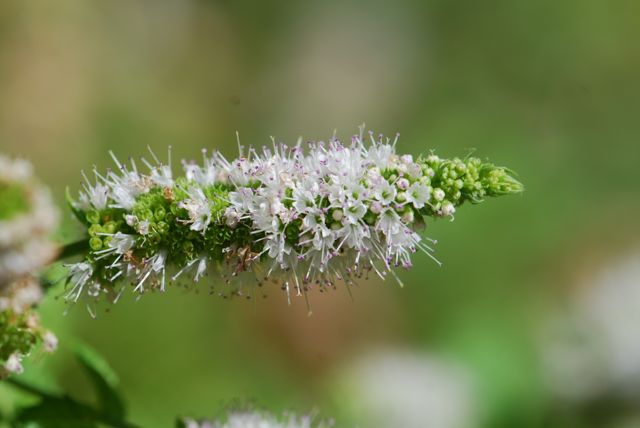In a previous post, we have discussed the Classification of Organisms. Now might be a good time to learn about some of the common plant families.
Learning the characteristics of common plant families can make identification of specific plants easier, plus gives us a sense of how plants are related. Most of us recognize the most common crop plants grown in fields and gardens, so let’s start with those.
Important Note:Â You would think plant names would be stay the same once they were created, but it turns out that with advances in genetics and efforts to add consistency, many of the names are changing. Keep in mind that all these names could change next week.
- The Carrot Family – Apiaceae
This family used to be called the Umbelliferae. They are still characterized by having flat, clustered flowers called “umbels.”
Examples of this family include:
 carrots (this is a carrot flower)
carrots (this is a carrot flower)
 and Queen Anne’s lace. Can you see the similarities in these flowers?
and Queen Anne’s lace. Can you see the similarities in these flowers?
2. The Sunflower Family – Asteraceae
This large plant family used to be called the Compositae. What appear to be single flowers are actually a “composite” or collection of tiny disk and/or ray flowers.
Examples of the sunflower family include:
 and artichoke, as well as many ornamental flowers,
and artichoke, as well as many ornamental flowers,
3. The Bean Family -Fabaceae
Many common food plants belong to this family, including beans, peas, carob, lentils, mesquite, etc. The seeds are contained in pods. The flowers are complex.
Examples:
4. The Mint Family – Lamiaceae
The members of this family include many common herbs. Most have square (four-sided) stems and many have similar tubular flowers.
This flower structure is from a spearmint plant.
These are the tubular flowers of Mexican oregano.
5. The Lily Family – Liliaceae Edit: Now Amaryllidaceae
The plants of this family are known to have special swollen structures for storing food, such as bulbs or corms.
Examples include:
 Ornamental lilies also belong to this family.
Ornamental lilies also belong to this family.
6. The Grass Family- Poaceae
Grasses are unique plants because they grow from the base instead of the tips. Many crops are members of this family including rice, corn, wheat and barley.
Grass flowers consist of spikelets.
7. The Rose Family – Rosaceae
The flowers of members of the rose family typically have five petals and five sepals. Many of the different types of fruit we eat come from plants that belong to the rose family.
Examples include:
 and apples, as well as pears, peaches and even strawberries.
and apples, as well as pears, peaches and even strawberries.
8. The Nightshade Family – Solanaceae
Our final plant family contains crops such as potatoes, tomatoes, peppers and eggplants. The flower petals are often fused together rather than separate.
 tomato flowers (public domain image)
tomato flowers (public domain image)
Plant Family Quiz
(Answers below)
A. To which plant family does dill belong based on its flower structure?
 B. How about this type of sage?
B. How about this type of sage?
 C. Any ideas what plant family these yellow flowers belong to?
C. Any ideas what plant family these yellow flowers belong to?
_______
Want to learn more? Feel free to leave questions in the comments.
To see our complete plant science lessons, either visit the plant science category (newest posts to oldest posts) or the plant science section of our experiment archive page (links to posts in order).
Looking for books about plants for children? Be sure to visit our growing list of gardening and plant science books for kids, as well as our list of children’s books about seeds.
For more activities, try our Gardening/Plant Science for Kids Pinterest board.
Quiz Answers
- a. Dill belongs to the carrot family, Apiaceae
- b. Sage belongs to the mint family, Lamiaceae
- c. The yellow flowers belong to the sunflower family, Asteraceae


































